GARDEN REALM OF
DESSAU-WÖRLITZ
Remarkably artistic and unique in the world
The Garden Realm is more than its palaces, gardens and parks. It is the grand idea of a beautiful and educational landscape that should be open to everyone and soothing for the soul. In 2000, the Garden Realm was ennobled with the title of a UNESCO World Heritage Site. Read more here!
Excellent
Why?
In the 18th century, a new style of garden art developed in England. The landscape park was intended to recreate nature in an idealized form and transport the viewer into a walk-in landscape painting. After his Grand Tour in 1765, the England enthusiast Prince Franz began to create such a park in Wörlitz based on the English model. It was the first of its kind on the European mainland. The Luisium, Sieglitzer Berg, Georgium and Großkühnau parks in the immediate vicinity also followed this model of modern garden design.
The landscape parks were subtly interlinked with the older rococo and baroque palace parks in Oranienbaum and Mosigkau. Prince Franz thus elegantly incorporated the important grounds of his ancestors into the redesign of his principality via paths, sightlines and avenues and created a unique landscape artwork within 40 years – today’s Garden Realm of Dessau-Wörlitz. Covering 142 km², it can still be experienced 250 years later and is best explored by bike!
The Garden Realm unites the artistic genres of different eras and countries. Architecture and art from antiquity to classicism come together in the landscape, gardens and parks as well as in the palaces and collections: sculptures, temples, gates, bridges, palaces, paintings, furniture and much more. Prince Franz found numerous inspirations on his educational trips – the so-called Grand Tours – to England, France, Italy and the Netherlands. However, it is not only the variety of art in the Garden Kingdom that is of particular importance. It is the high quality of the buildings and their furnishings, which is due to Prince Franz’s passion for collecting and the work of important architects such as Friedrich Willhelm von Erdmannsdorf.
What else you should know: Wörlitz Palace (1769-1773) was the first neoclassical building in German architectural history! And not only classicism, but also neo-gothic architecture began in Germany with the Gothic House (from 1773) in Wörlitz Park.
Prince Franz pursued one goal with the transformation of his principality in the spirit of the Enlightenment: the education and moral upbringing of his people. To this end, he revolutionized the education system by founding the Dessau Philanthropin – and opened the palaces and gardens to his guests 250 years ago.
There they could see the latest technical and artistic achievements from all over Europe. In order to bring the world to Anhalt-Dessau in miniature, distant places and famous buildings were imitated and even entire landscapes were recreated. On the Isle of Rock in Wörlitz Park, visitors can still find themselves in a small version of the Neapolitan coastal region at the foot of Mount Vesuvius: an artificial volcano, Lombard papulas, agaves and figs, a vine pergola and a Roman theater make it possible to travel around the world and through time in miniature.
The prince’s guiding principle was to combine the “useful with the pleasant” – an Enlightenment approach that can be traced back to a quote from the Roman poet Horace. Even today, long avenues of fruit trees and extensive orchards or the dykes used as connecting paths bear witness to the fact that horticulture and agriculture were seen as a single entity in the Garden Kingdom. The demonstration of modern agricultural methods also served to educate the population.
Highlights
of the Garden Realm
More
Discovering World Heritage
Any questions?
We are here for you



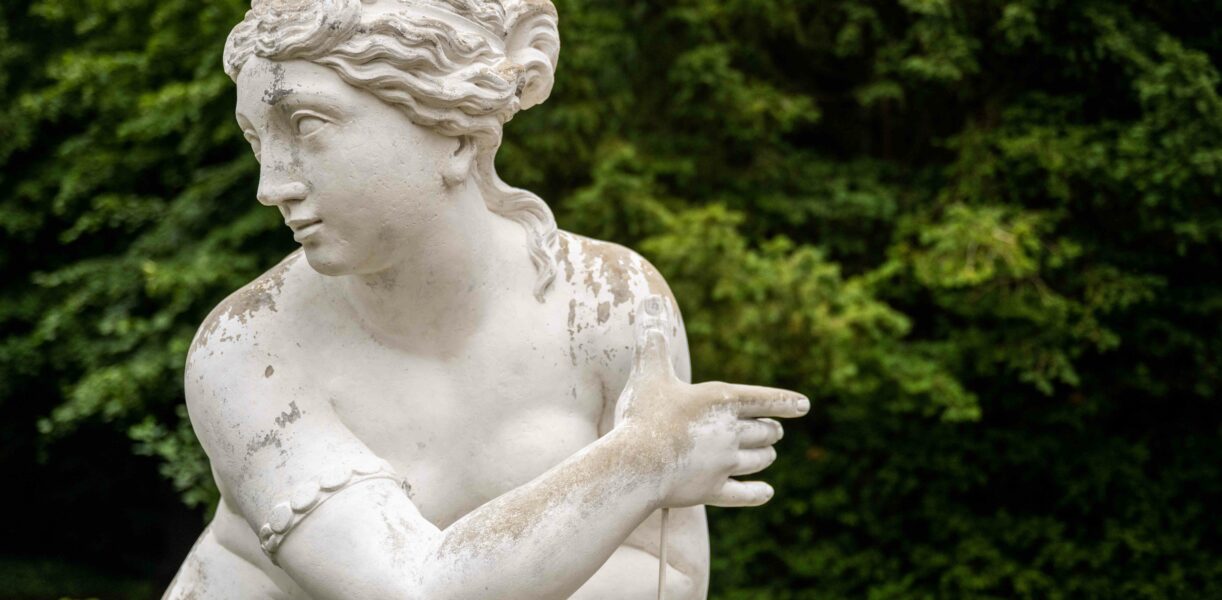
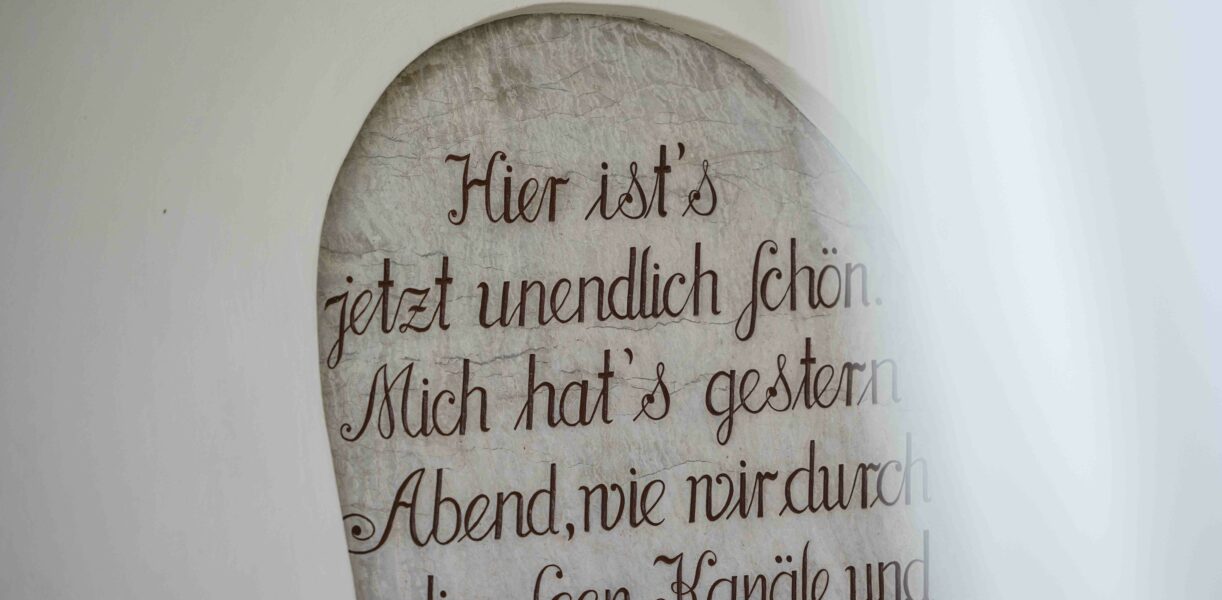
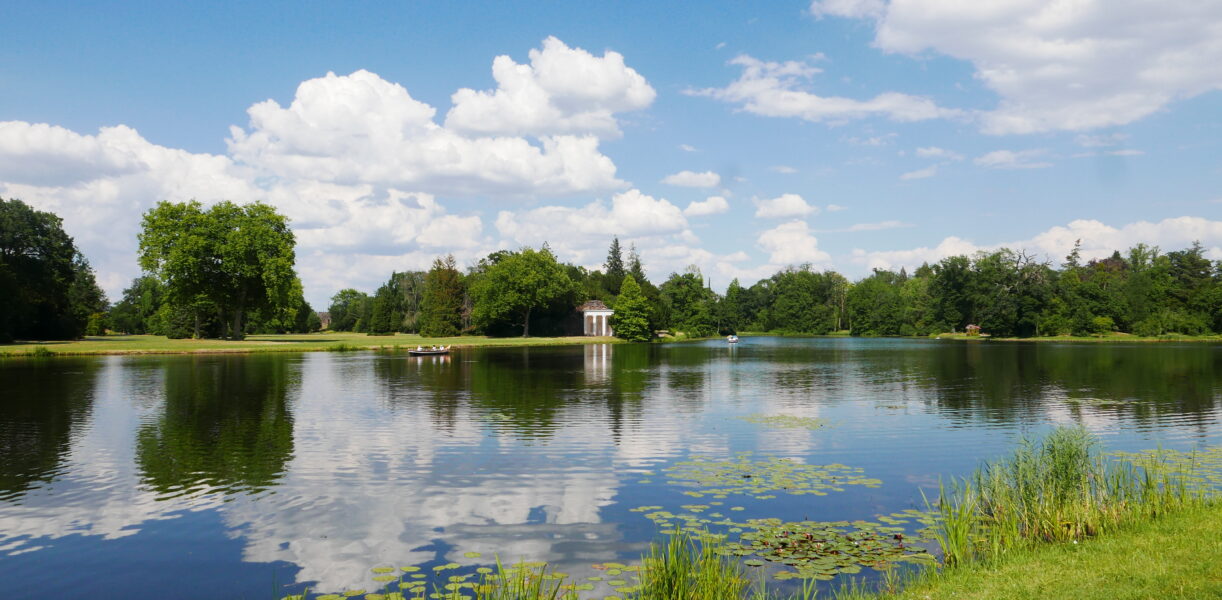
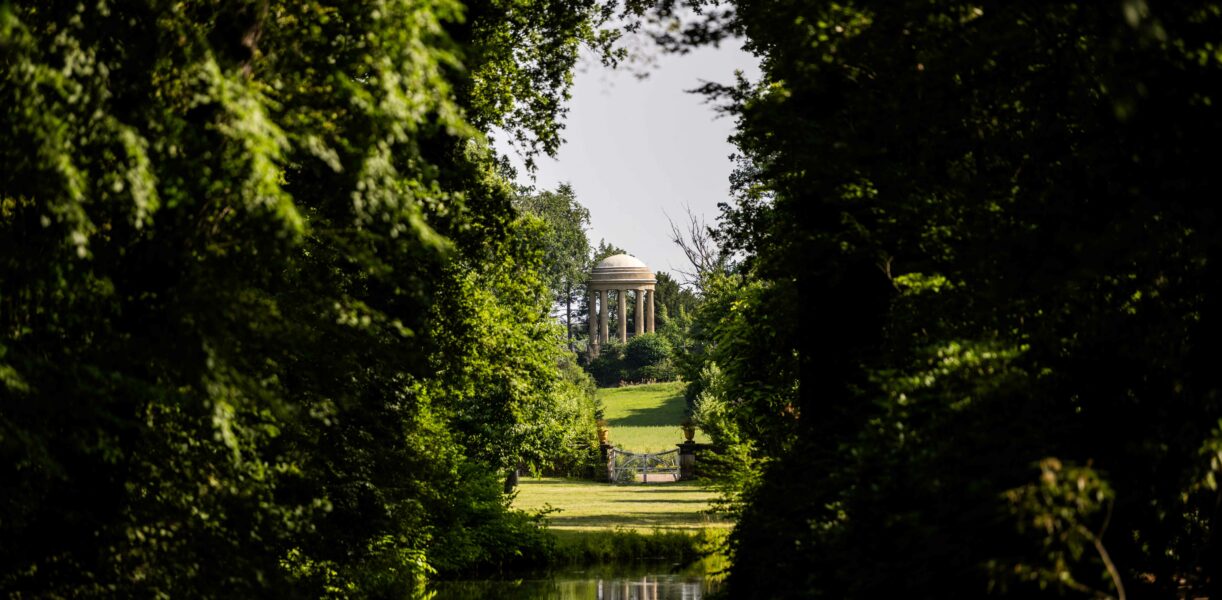
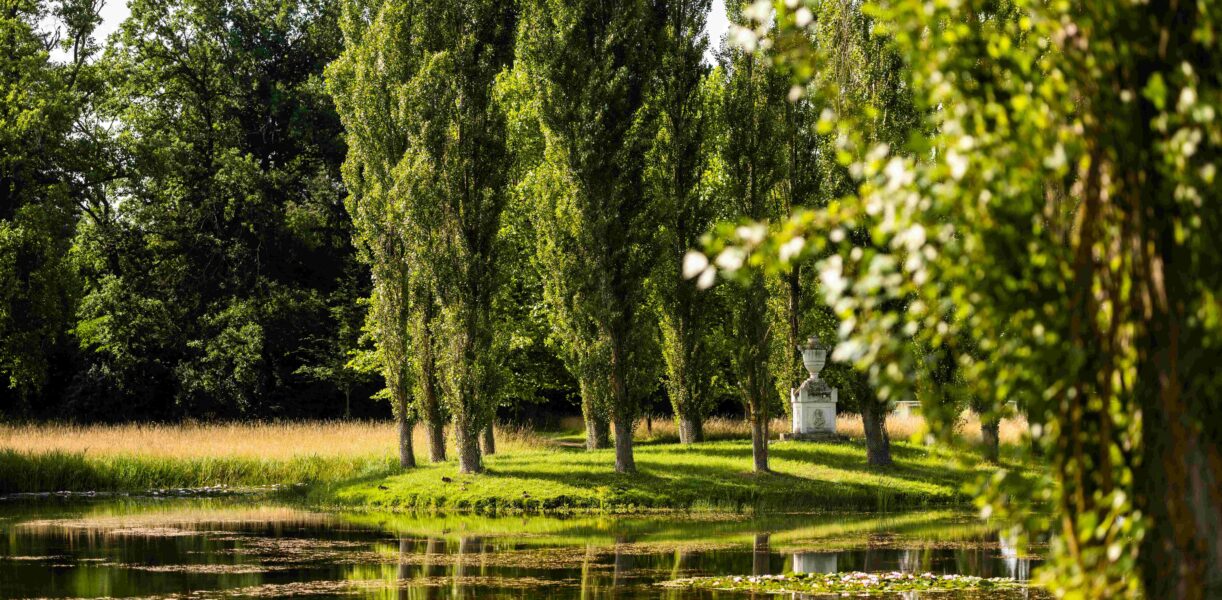

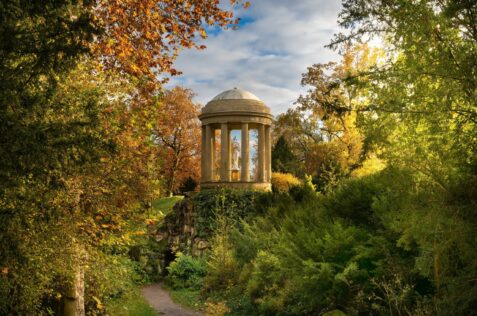
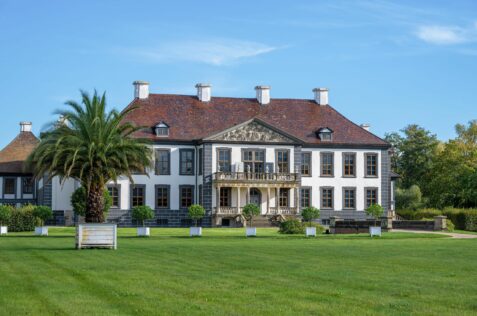
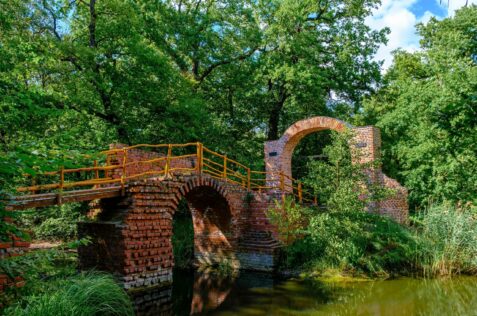
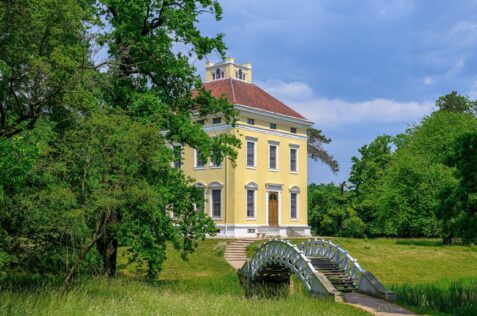
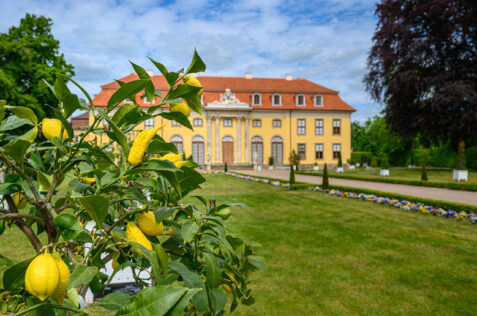
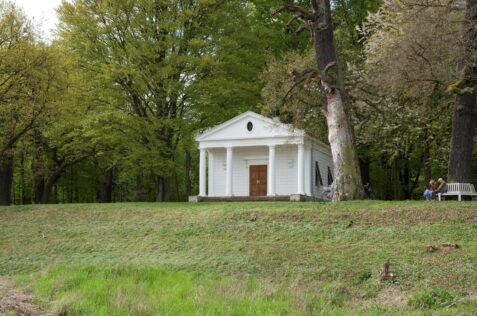
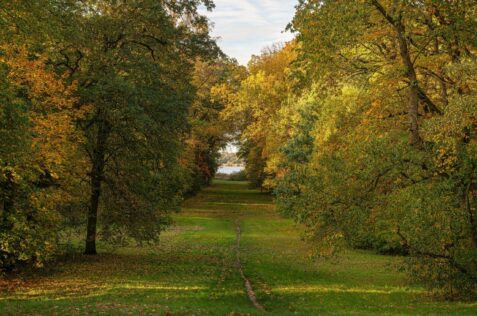

 All information at
All information at  All information at
All information at